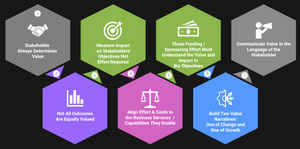The science of effective work prioritisation is complex, high-touch and needs understanding across various dimensions and challenges to be successful.
Use this post to identify whether your system can be upgraded or benefit from higher maturity and structure.
Introduction
"If you are in the business of shipping solutions that enable people from diverse backgrounds and industries to do their work better, you are in the business of managing other people's ideas."
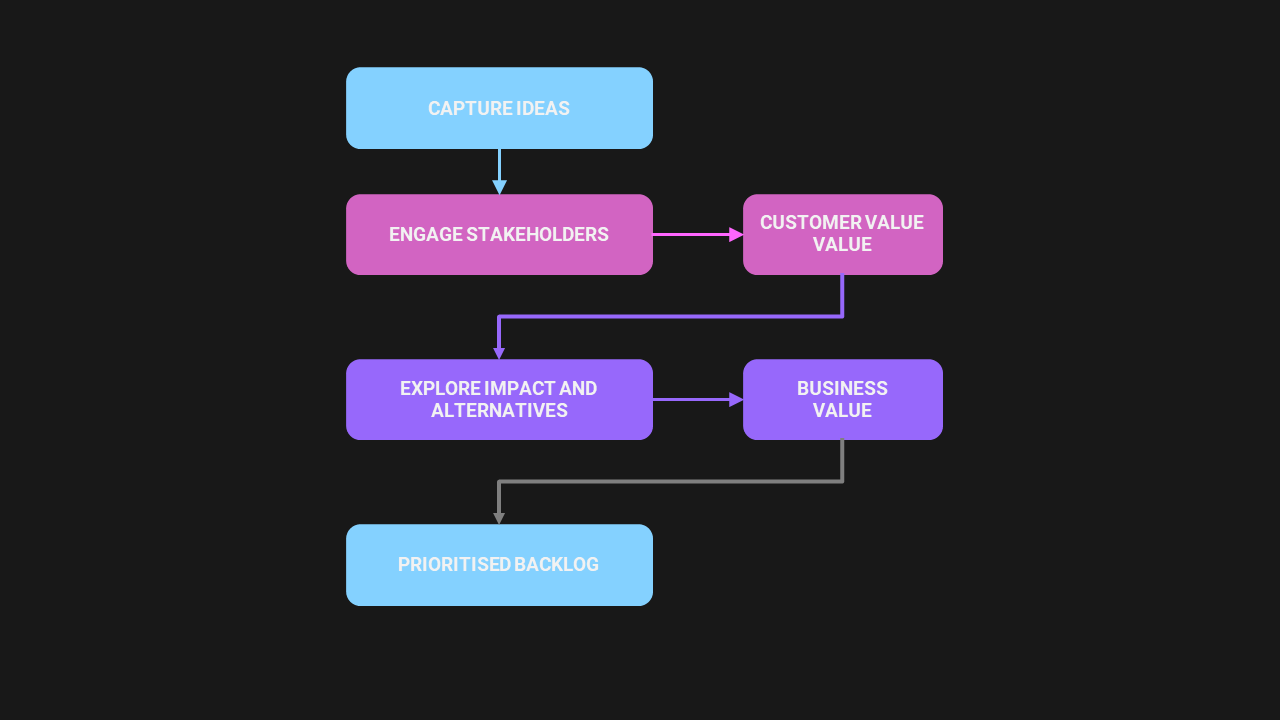
Accountability
The roles that hold this responsibility varies depending on the following:
- Size of company.
- Count of customers.
- Industry (Enterprise v.s. SMB).
- Maturity of the organisation in approaching digital work.
- Number of products.
- Number of people involved in product function.
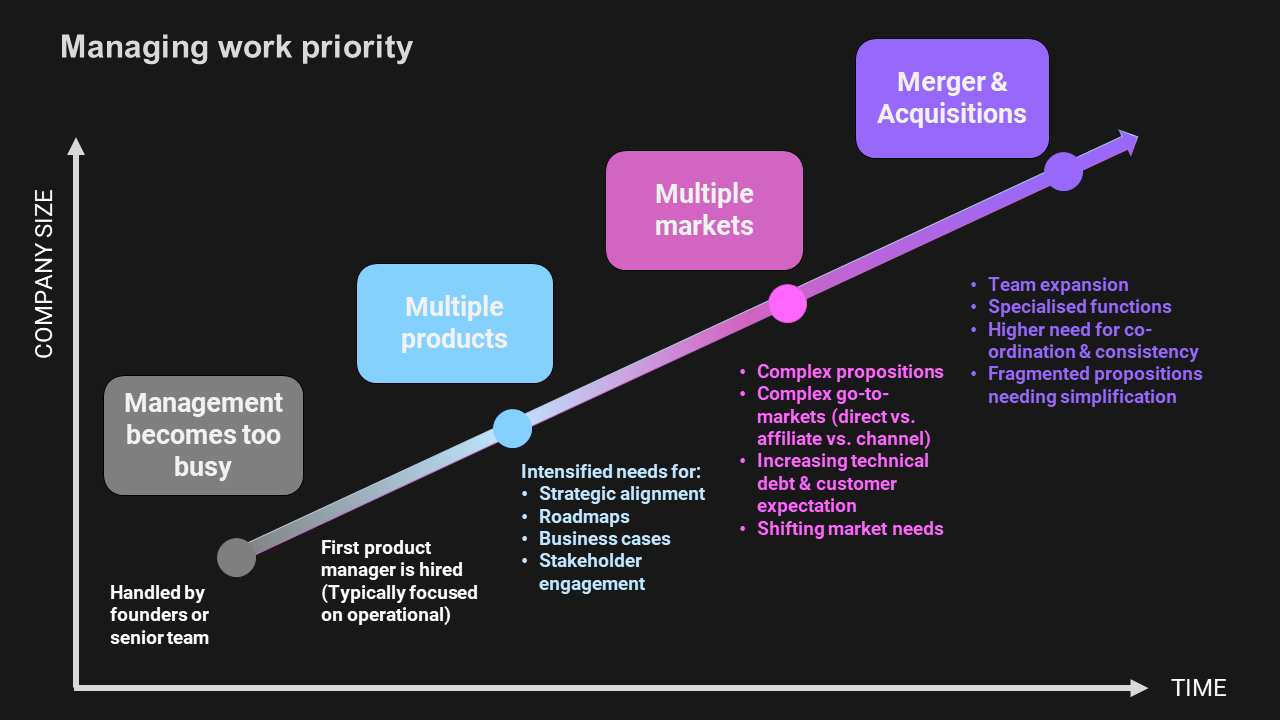
The activities for Idea management belong within the responsibility areas of Product Management.
People performing this activity spend most of their time engaging, interacting with, discovering, managing and triaging other people ideas to scope the potential impact and have an informed basis on which to prioritise:
- New features & capabilities
- Issues
- Licensing and packaging options
- Go-to-market accelerators
- Etc.
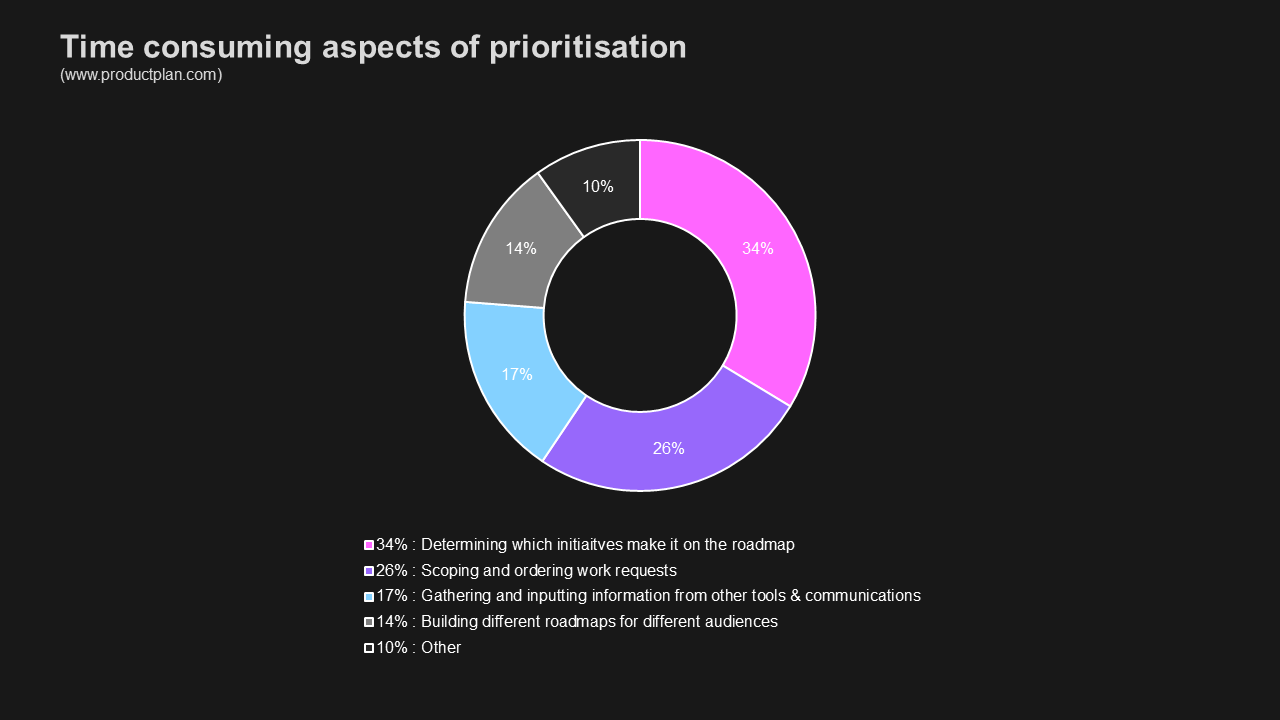
The activities used to assess, prioritise and manage the work effort about ideas, work requests or work items are collectively known as Backlog Management.
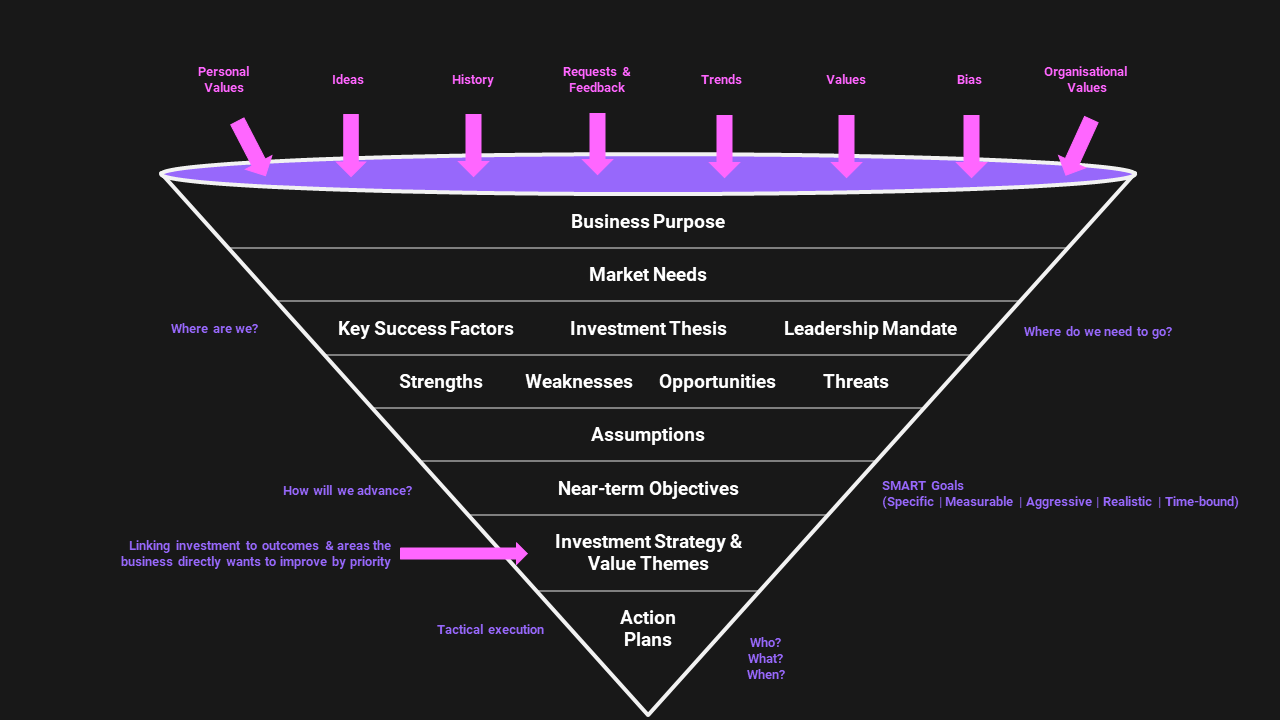
Backlog Management
Given the understanding that you have limited resources to work with, the purpose of Backlog Management is is to:
- Grow confidence in the direction you are taking.
- Help stakeholders to understand which work that will be done before others.
- Create a cohesive, understood, and reliable roadmap of works to deliver.
- Keep teams focused.
- Outline and communicate an overall plan and vision.
- Enable the maximisation of resources to deliver the works required on time, to spec and quality expected.
- Ship solutions that people want to buy.
- Realise value through motivated and engaged teams, partnerships, integrations, economies of scale etc.
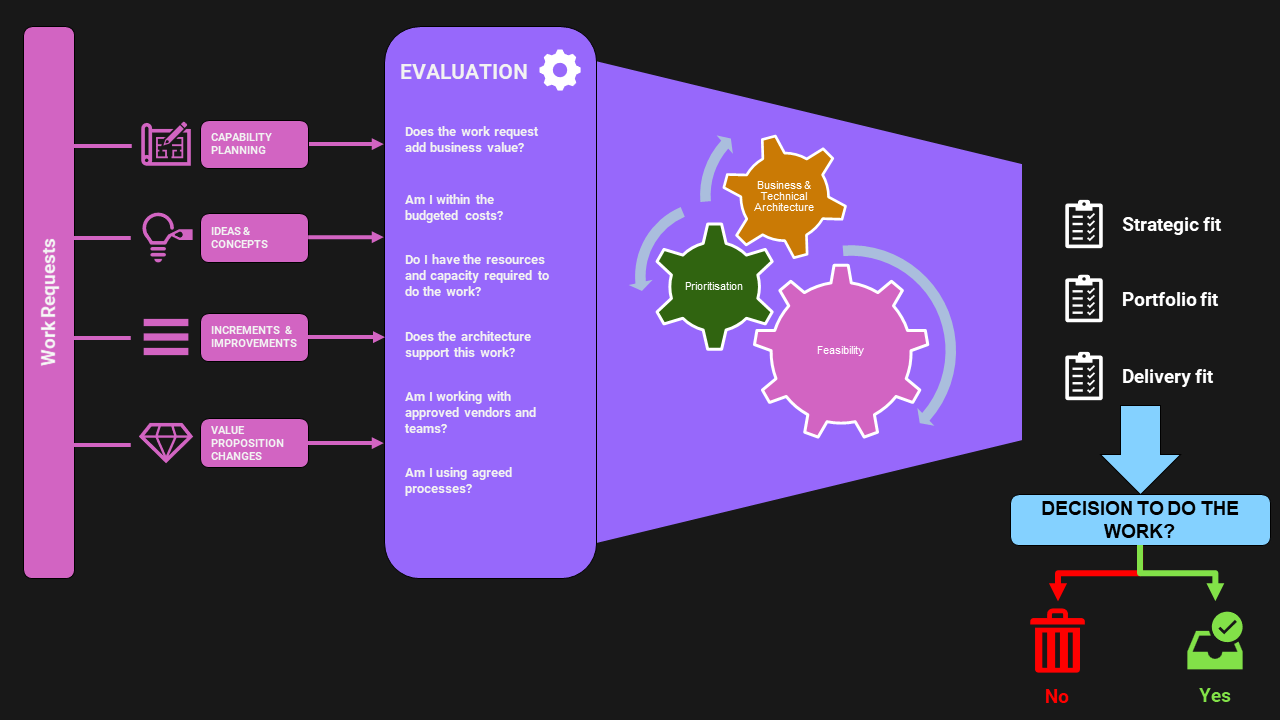
This is the very point where you need to question whether your existing idea management system is helping you create impact and ship the value required at the right time and velocity required.
Everything is important
Organisations expect the sequence of work in a backlog to steer work priorities towards the truly urgent versus the important areas of the business.
This means that your Backlog of work needs to be a dynamic "living document" that continually changes and evolves as new information comes along.
Ideas and work requests come from various places:
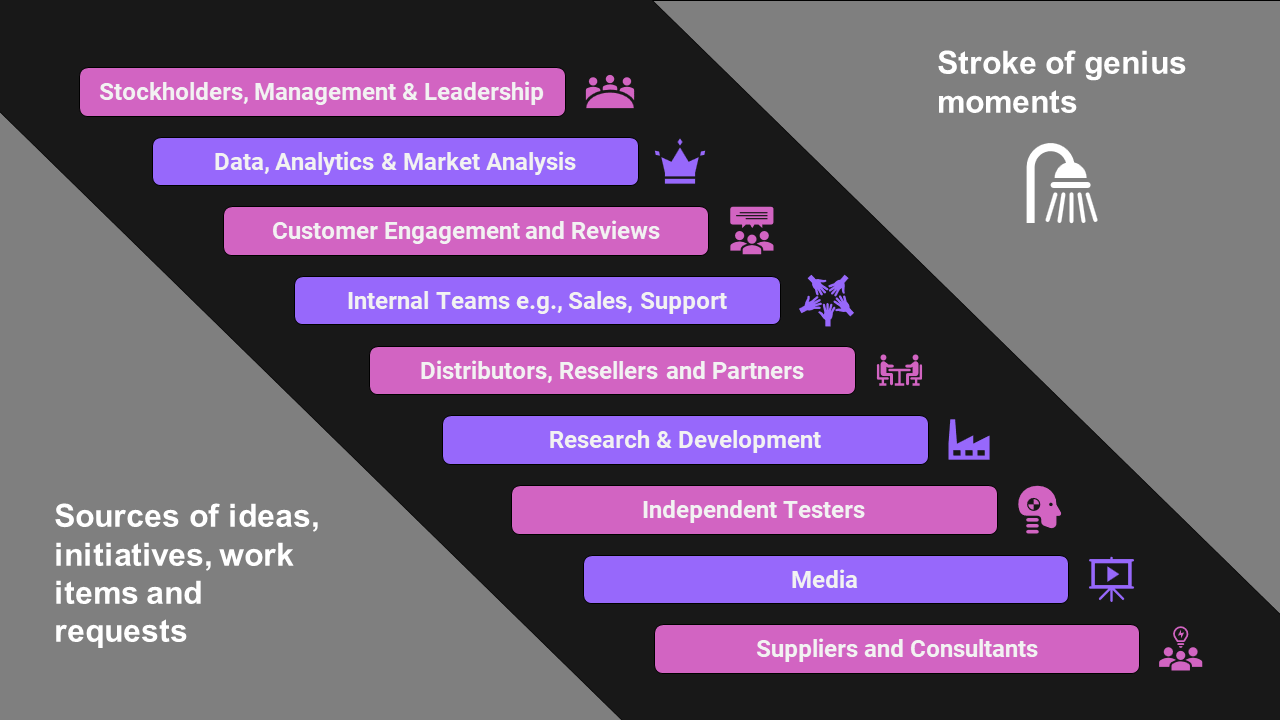
Handling conflict

It is in this area of high-frequency rate of requests, work areas and communicated priorities that most conflicts arise:
- Customers expect their fixes to be addressed with urgency.
- Leadership expects new shiny features to ship and grow sales.
- Sales are pushing for that one feature to close a deal.
- Support needs information on how to enable customers to work-around situations.
- Go-To-Market expects the shiniest and newest UI/UX experiences that delight and blow away customers.
- Engineering is driving to re-architect solutions to use different technologies depending on the situation and skillsets available.
- They all want it NOW. It is important! It is critical! …instantly making me think of the quote by Patrick Lencioni:

Wrapping up Part 1
In this Part 1, we
- Set a common understanding of the purpose, concepts and terminology on which an idea management system is built.
- Explored how to handle ideas when everything is essential or critical, and you experience conflicting messaging/priorities.
In "Is your idea management system helping you create impact and ship value? (P2)", we expand on the above and run through how you can:
- Evaluate your current idea management system; is it working/can it work better?
- Deal with increasing complexity as you grow and evolve.
- Develop a formula on which to enable yourself and your team to evaluate backlog content as a core competency.
Together the posts will help you become stronger, better and faster at evaluating backlog content as a core competency.



